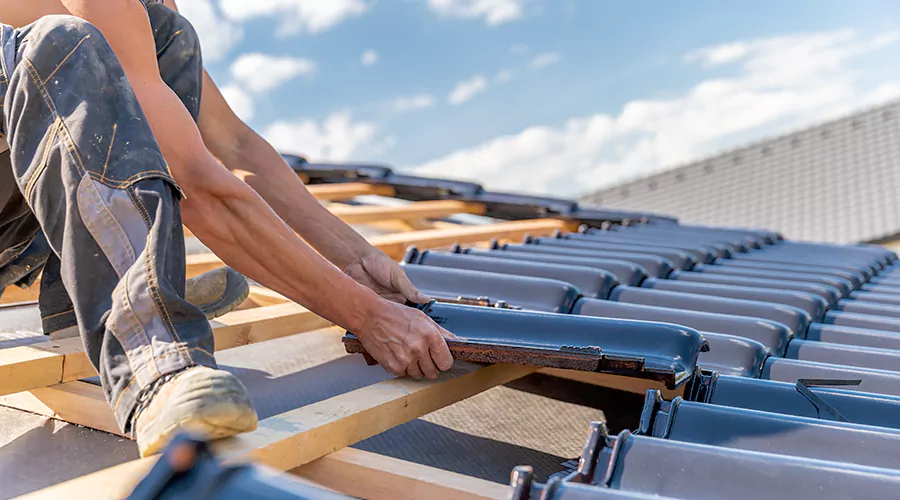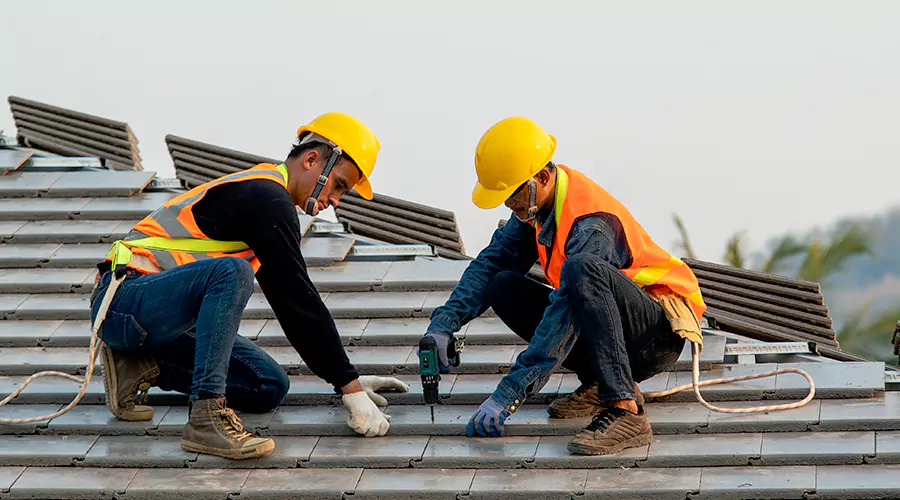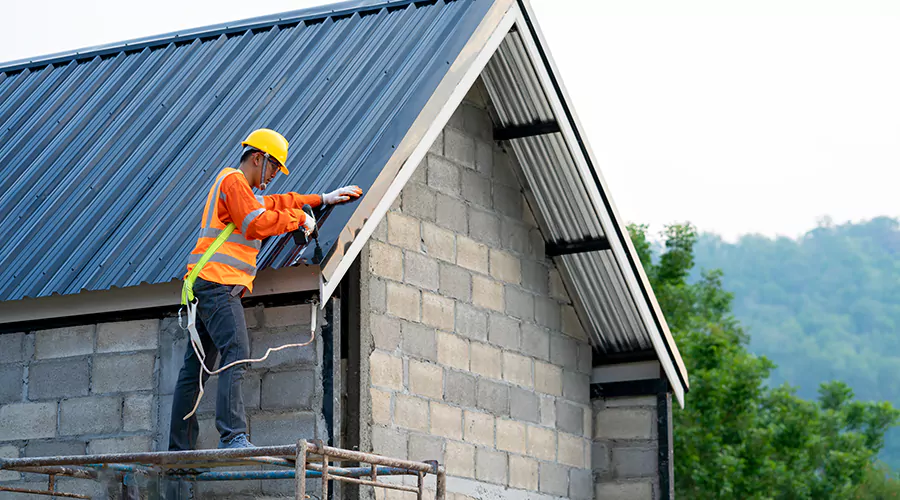The roof over our heads is a fundamental aspect of shelter, providing protection from the elements and a sense of security. The history of roofing is a fascinating journey that spans thousands of years, reflecting advancements in technology, culture, and architectural design. Here, we will delve into the evolution of roofing, from primitive shelters to modern architectural marvels.
Ancient Beginnings
The origins of roofing can be traced back to ancient civilizations where humans first sought refuge in natural caves and rock formations. As communities developed, so did the need for more sophisticated roofing solutions. In ancient Mesopotamia, for instance, mud-brick structures were covered with reed and clay to create the first semblance of roofing.Egyptian Ingenuity
The ancient Egyptians made significant contributions to the art of roofing. They developed techniques using palm leaves and wooden beams to construct lightweight roofs. The iconic pyramids themselves, though lacking in traditional roofs, showcase the architectural prowess of ancient Egyptians.Classical Greece and Rome
The Greeks and Romans elevated roofing to an art form. In Greece, clay tiles emerged as a popular roofing material, while the Romans introduced the use of terracotta tiles. The grand structures of ancient Rome, such as the Pantheon, featured dome roofs made of concrete, showcasing engineering feats that continue to inspire architects today.
Medieval Europe
The medieval period brought about a variety of roofing styles in Europe. Thatched roofs made from straw or reeds were common in rural areas, while wealthier individuals used wooden shingles. The Gothic architecture of the era saw the rise of steeply pitched roofs with intricate designs, exemplified by cathedrals like Notre-Dame.Renaissance and Beyond
The Renaissance period marked a revival of classical architecture, influencing roofing styles across Europe. Slate and clay tiles gained popularity, offering durability and aesthetic appeal. As exploration and trade expanded, new materials like cedar shakes and thatch were introduced from different regions.Industrial Revolution
The 19th century brought about a revolution in roofing materials. The industrialization of society led to the mass production of asphalt shingles, making roofing more affordable and accessible to a broader population. The versatility of metal roofing also gained traction during this era, offering durability and fire resistance.Modern Innovations
The 20th century witnessed a surge in roofing innovations. Flat roofs became popular in modernist architecture, with the use of materials like rubber and plastic. The development of fiberglass asphalt shingles further improved the longevity and performance of roofs.Contemporary Roofing
Today, roofing is a dynamic field with a wide range of materials and designs. Green roofing, featuring living plants, provides eco-friendly options, while solar panels integrated into roofs contribute to sustainable energy solutions. Advancements in technology continue to shape the future of roofing, with smart roofing materials that can adapt to changing weather conditions and provide energy efficiency.
The history of roofing is a testament to human ingenuity and the constant quest for better living conditions. From primitive shelters to cutting-edge architectural designs, the evolution of roofing reflects the broader evolution of human civilization. As we continue to build and innovate, the roof over our heads remains a symbol of protection, comfort, and the enduring spirit of human progress.

